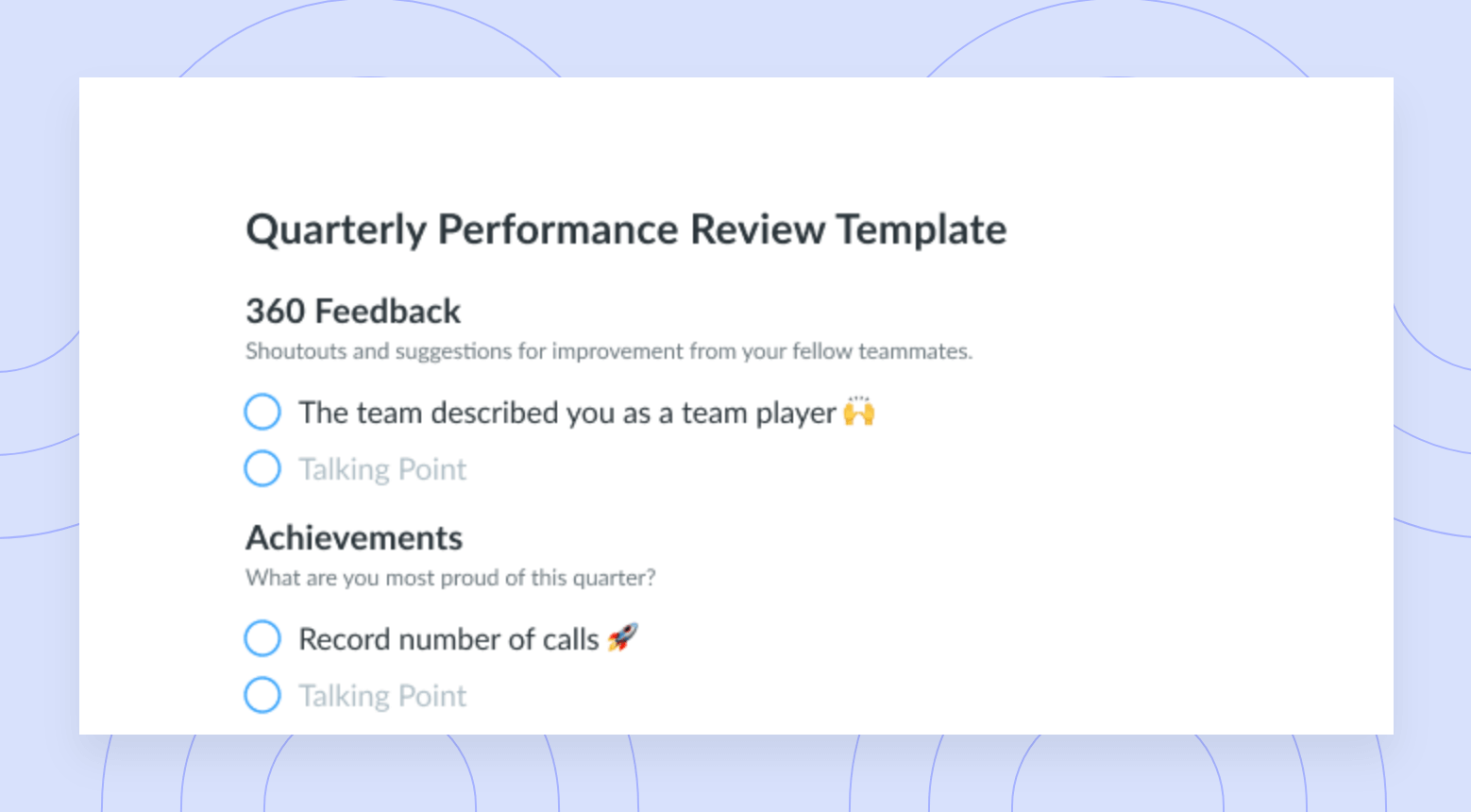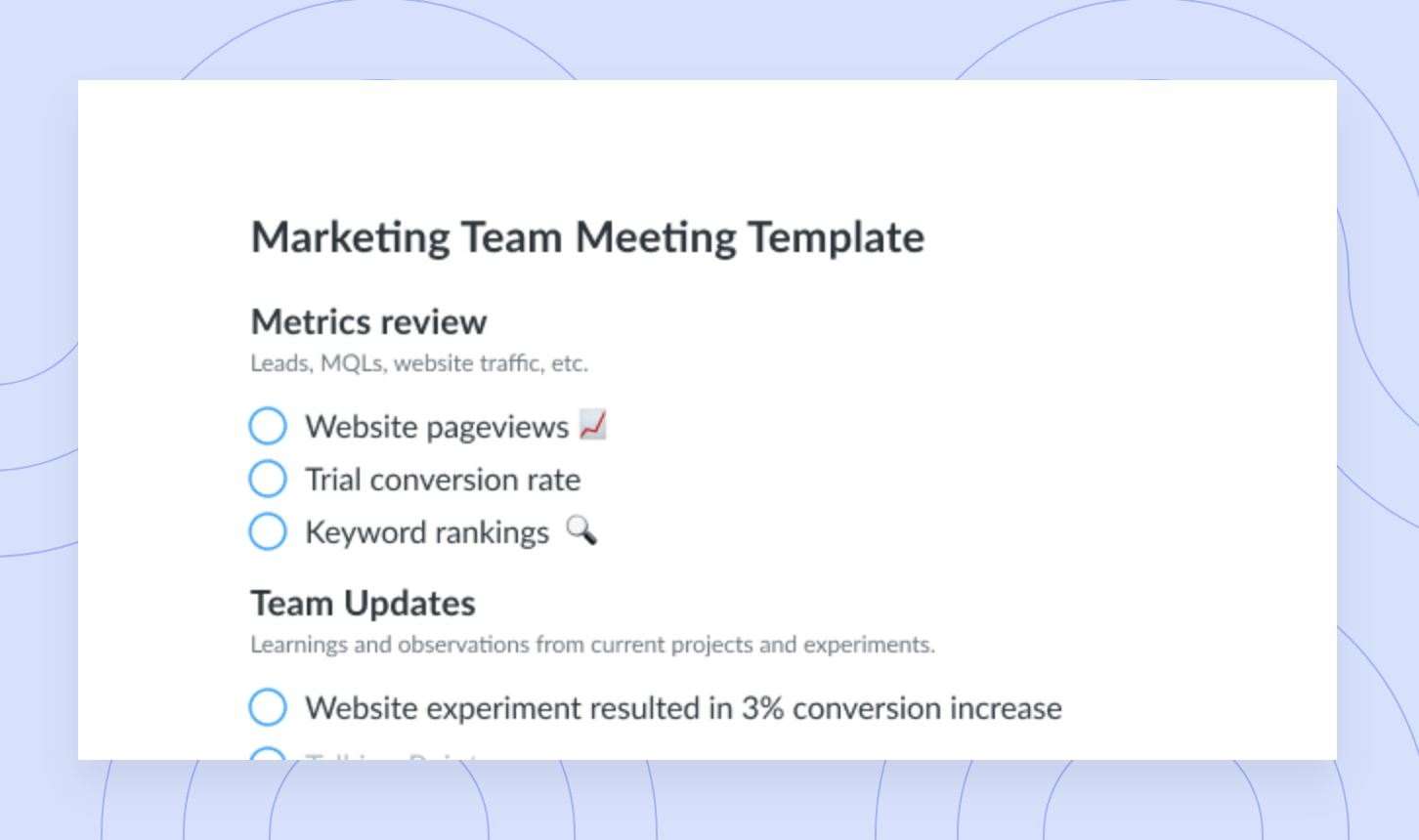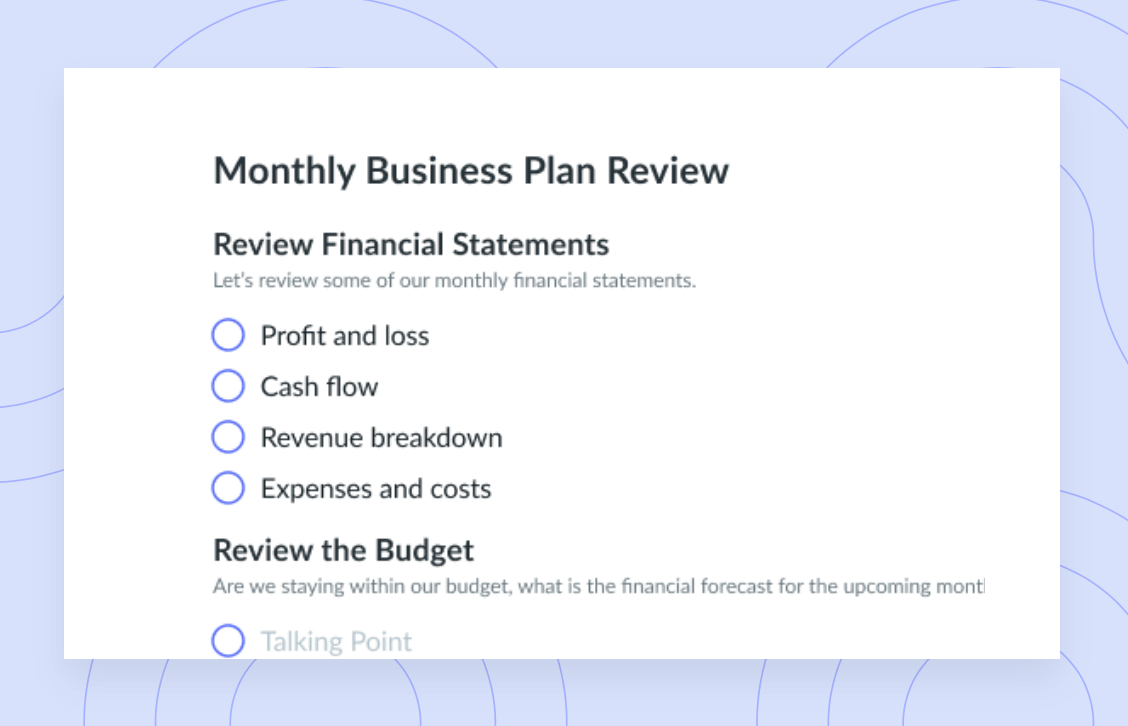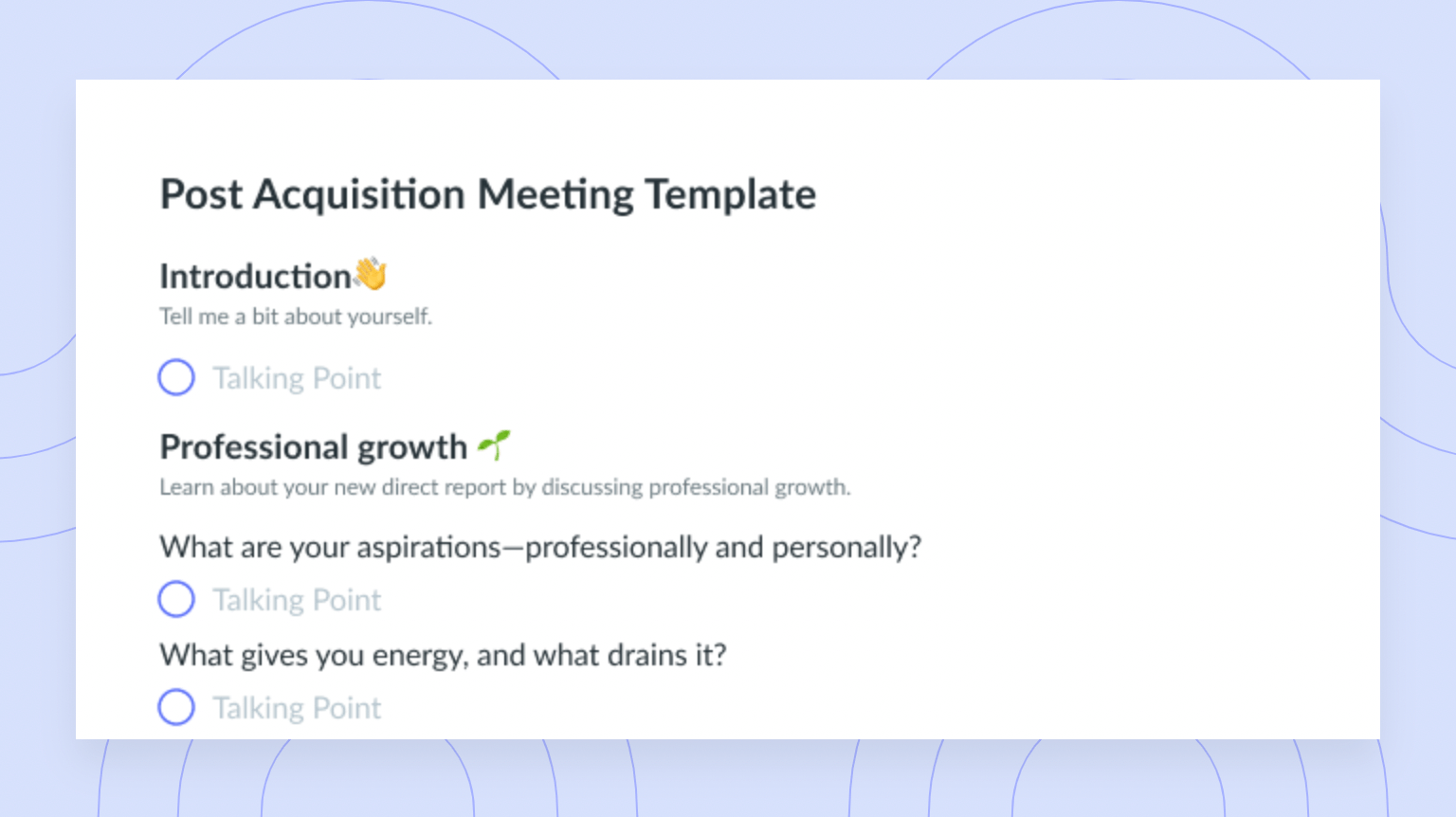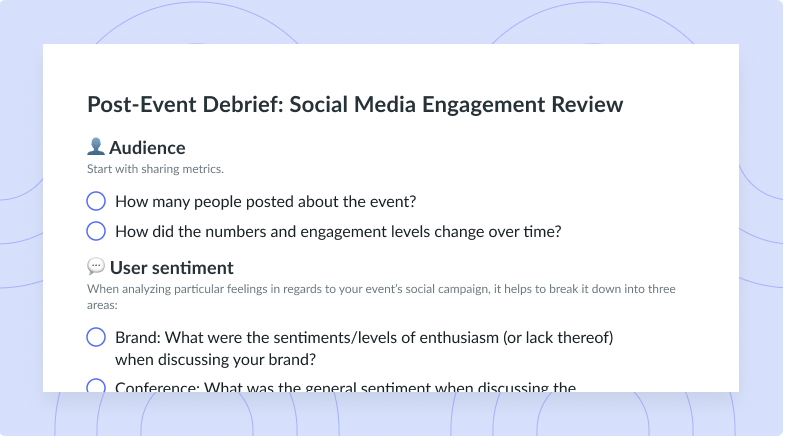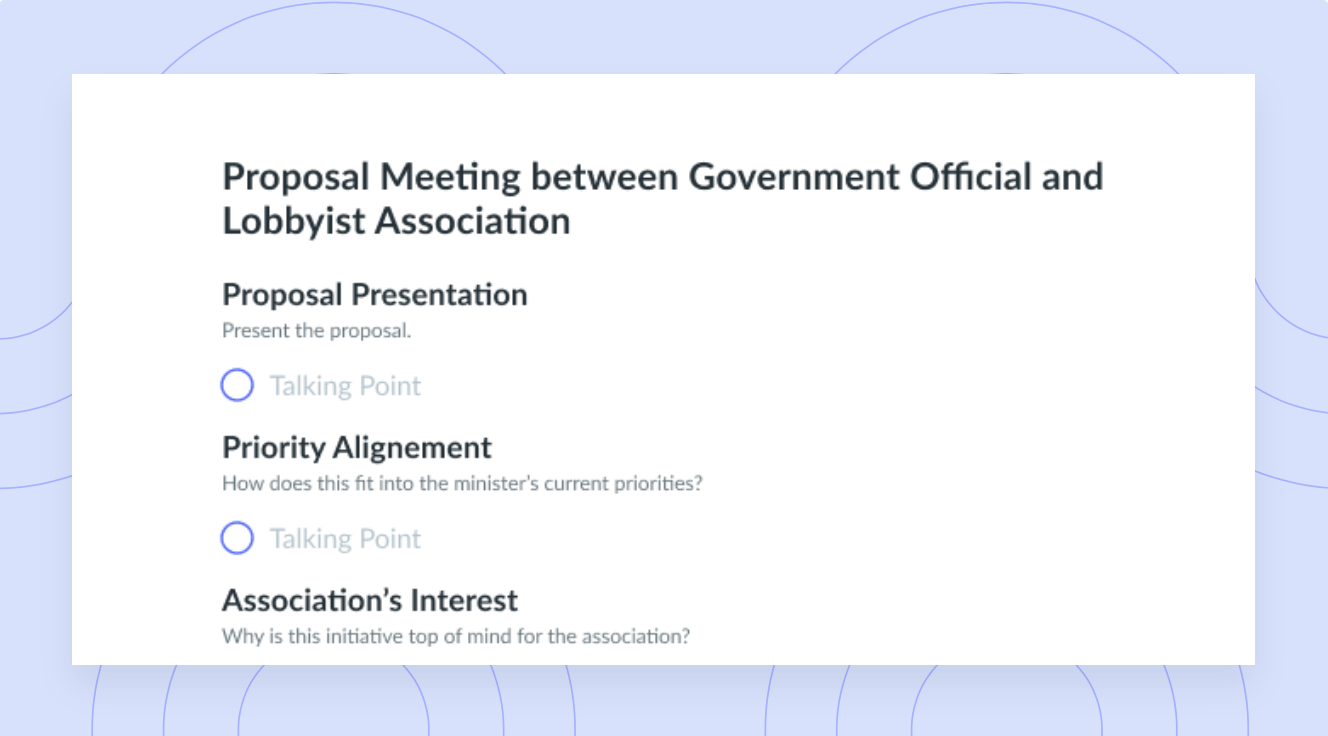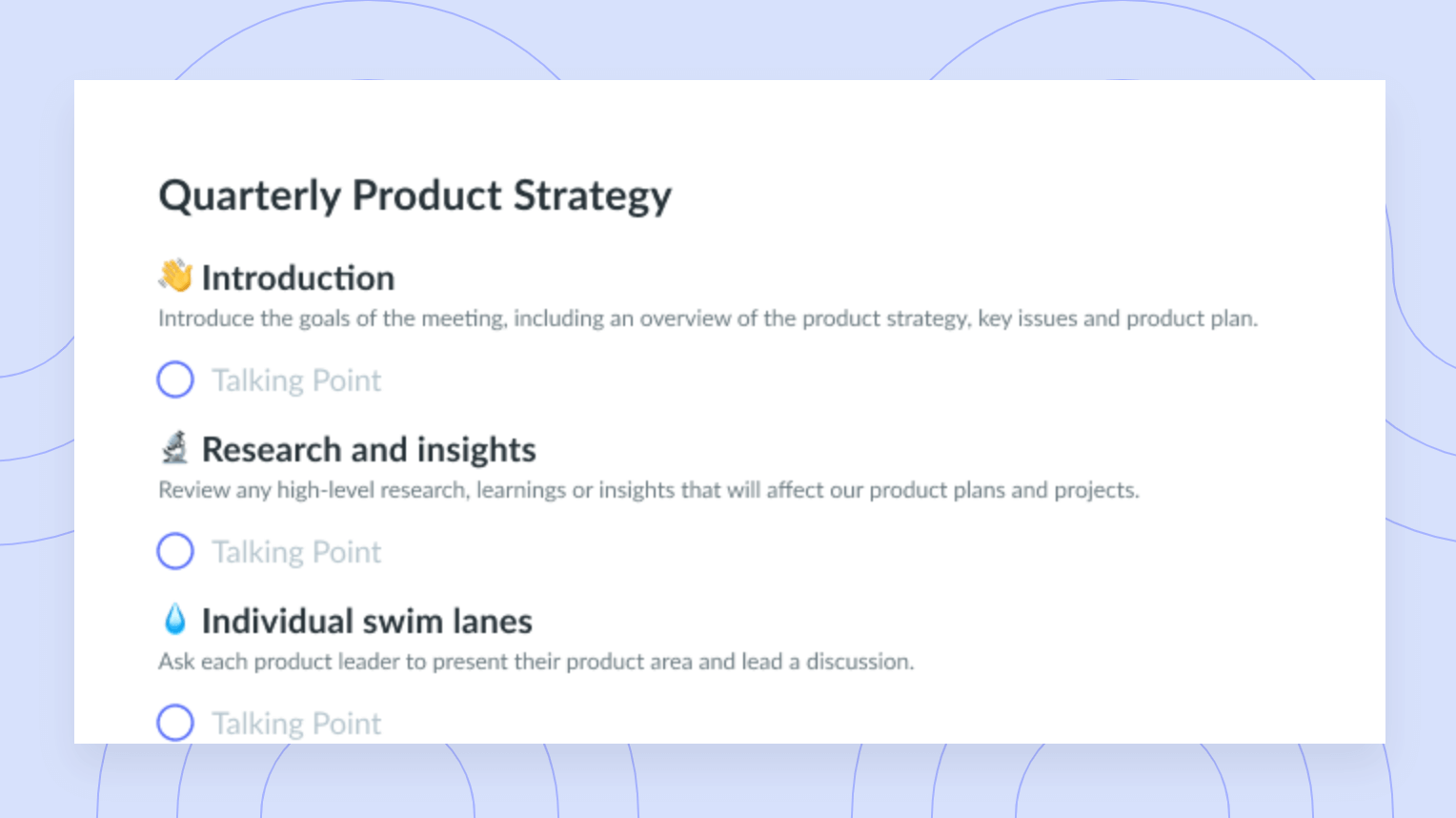Ambivert vs. Omnivert in the Workplace
Learn here what an ambivert vs. an omnivert is and how these leadership traits can be beneficial in the workplace.
Many of us have been asked at some point whether we’re an introvert or an extrovert. It’s problematic to label such complex human behaviour into two categories, since this hugely oversimplifies an individual’s personality. In fact, most people are neither completely introverted nor extroverted. In professional settings, extroverts are often seen as “stronger” leaders, while there is some skepticism around whether introverts have what it takes to manage a team. That said, there are many more management personality types that should be further explored, such as being an ambivert vs. an omnivert.
Most leaders are actually ambiverts, without even being aware of it. It’s important for anyone in a leadership position to break out of the introvert vs. extrovert box and rid themselves of the limiting beliefs that are associated with either. This article will cover what an ambivert vs. an omnivert is, outline how to identify which one you are, highlight the key differences between the two, and discuss some of the benefits of being an ambivert.
- What is an ambivert?
- Identifications of ambiverts
- What is an omnivert?
- Identification of omniverts
- The key difference between ambiverts and omniverts
- The benefits of being an ambiverted leader
What is an ambivert?
An ambivert is an individual that has a balance between introverted and extroverted behaviours and actions. As an ambivalent leader, you may be effective in commanding attention while you facilitate meetings but have the ability to pause, ask for feedback, listen to the suggestions or frustrations of others, and overall demonstrate very strong active listening skills. This type of leader has the ability to give constructive criticism, where warranted, as well as give solid recognition to team members who are performing well. Ambivalent leaders tend to thrive in and occupy executive-level positions because they know how to give their team members what they need to feel seen, heard, and supported because these leaders exhibit a good mix of introverted and extroverted qualities.

Run efficient meetings, come to a decision, and get back to work
Increase meeting engagement and productivity with a collaborative agenda that the whole team can contribute to. Try using a tool like Fellow!

Identifications of ambiverts
- You have strong communication skills and balance speaking and listening with a high degree of effectiveness
- You find comfort in spending time alone after a day of social interactions so you can recharge
- You find that being around a group of people that you enjoy makes you feel energized
- You are a strong mediator in that you listen to both sides and communicate your honest opinion or decision
What is an omnivert?
An omnivert is someone who sometimes exhibits the qualities of a stereotypical introvert while sometimes exhibiting the qualities of an extrovert. This behaviour tends to vary based on the situation at hand. As an omnivert, an individual tends to be socially uncomfortable in certain situations, while in others, they may feel completely at ease and comfortable with the attention that is on them. Someone who is an omnivert may typically behave as an extrovert, but on some days, they may display the more common qualities of introverted individuals. Where omniverts’ behaviours and actions change based on their surroundings, ambiverts display more of a balance between being introverted and extroverted on a regular basis.
Identification of omniverts
- You feel comfortable communicating with some people, but others make you feel uncomfortable or overwhelmed
- Your social battery feels drained after a day of social interactions and you need several days to recharge
- You sometimes socialize for a few days in a row but isolate yourself afterwards for a few days
- You are ready to be highly social again after spending several days alone
- You tend to shut down and shy away when you feel overwhelmed
The key difference between ambiverts and omniverts
1Processing information
One key difference between ambiverts and omniverts is the way they process information. Ambiverts remain steadily between introverted and extroverted characteristics. This balance between introversion and extroversion allows ambiverted individuals to process information as they listen attentively, then speak with confidence. Contrarily, omniverts will process information depending on what kind of context or situation they find themselves in. This means that omniverts’ reactions can be unpredictable at times since they’re sometimes completely introverted and other times highly extroverted.
2Social situations
Ambiverts and omniverts also differ in the way they behave in social citations. In fact, the difference between the two types of personalities becomes very obvious in the way each individual socializes. If and when an omnivert is in an extroverted headspace, it is unmistakable that they are behaving as an extroverted person. Likewise, if an omnivert is in an introverted headspace, it is obvious. Busy or hectic social situations may allow an omnivert to thrive or opposingly, this could make them feel very clearly uncomfortable.
The omnivert is a classic example of the introvert and of the extrovert—it just depends what the social context brings out in them. You have likely met an omniverted person if you first believe they’re an extrovert and the next time you see them, they behave in an introverted manner (or vise versa). For ambiverts though, socializing is more stable and predictable because they tend to behave the same way regardless of the context or situation.
3Surrounding people
The individuals with whom an ambivert vs. an omnivert person spends time also differs. Ambiverts like to find a balance between spending time around people and being alone. As such, ambiverted people tend to hang out with friends or colleagues—sometimes in larger group situations—but also make time to enjoy quieter, more solitary activities. The features of introversion and extroversion are quite equally balanced and the way ambiverts react while hanging out with people doesn’t differ whether they know the individuals well or have just met them for the first time. On the other hand, omniverts tend to spend time with people they know better, since their reactions in social situations will be more balanced. With new people and new settings, their reactions are far less predictable, which can sometimes put them on edge.
4Energy levels
Finally, the energy levels of ambiverts vs. omniverts also tends to differ. This is due to the fact that ambiverts display predictable behaviours and tend to have relatively stable energy levels throughout the day. Of course, certain things will be more energizing for ambiverts than others, but you likely won’t notice any significant differences. Because omniverts have less predictable behaviour, they tend to be subject to large energy fluctuations, since the traits they display vary based on the context in which they find themselves. There will be a noticeable difference in an omnivert’s energy levels and demeanour based on what kind of situation they’re interacting in.
The benefits of being an ambiverted leader
- Being a strong communicator and listener
- Having the ability to adjust to varying settings
- Having the ability to identify opportunities
There are several benefits associated with being an ambiverted leader. This personality type is valuable in positions of leadership because ambiverts are comfortable interacting and behaving in their own authentic way no matter the situation at work. Because the ambivert leader is balanced, they’re more equipped to be a good communicator, mediator, problem solver, and decision maker. Among many great leadership qualities, here are the major benefits of being an ambivert leader:
1Being a strong communicator and listener
An ambivert leader balances the tendency to control and take over as an extrovert and the tendency to worry and shy away as an introvert. As such, they communicate clearly, take time to pause, ask thoughtful questions or ask for feedback, listen attentively, and consider their opinions before providing a response. The ambivert leader is a master at balancing a conversation, ensuring that the other people involved are heard properly and feel valued. They don’t come across as arrogant or knowing it all, but they also don’t shy away from offering an opinion. As such, they provide solid advice and make their team feel comfortable to be upfront and honest with them.
2Having the ability to adjust to varying settings
Because ambiverts can quickly adapt to social situations, this means that they’re adaptable when it comes to organizational changes and varying social and professional settings. This ability to be versatile and remain comfortable means that the ambivert leader is comfortable leading a team through times of change and remaining calm and comfortable at the forefront.
3Having the ability to identify opportunities
Ambivert leaders have an unmatched ability to identify business opportunities and flag areas of growth. Because they’re not likely to make impulsive decisions (like an extrovert may) nor are they likely to hesitate to pull the trigger on a great opportunity (like an introvert may), ambiverts are able to calculate what kinds of risks exist and make well-processed decisions that are good for the team and for the business. Essentially, ambiverts are able to identify if the risks outweigh the positive outcomes of a decision.
Parting advice
Identifying whether you’re an ambivert or an omnivert can be a little trickier than differentiating between whether you’re an extrovert or an introvert. Be sure to refer back to the identifiers of both an ambivert and an omnivert so you can decide which kinds of behaviours you may exhibit as part of your personality type. The identification process certainly begins with self-awareness, but you can also pay attention to how you process information, what kinds of social situations are enjoyable, who you spend your time with, and what your energy levels are like while you’re at work. We hope that you have enjoyed this article! If you did, be sure to share it with a friend or a colleague.









